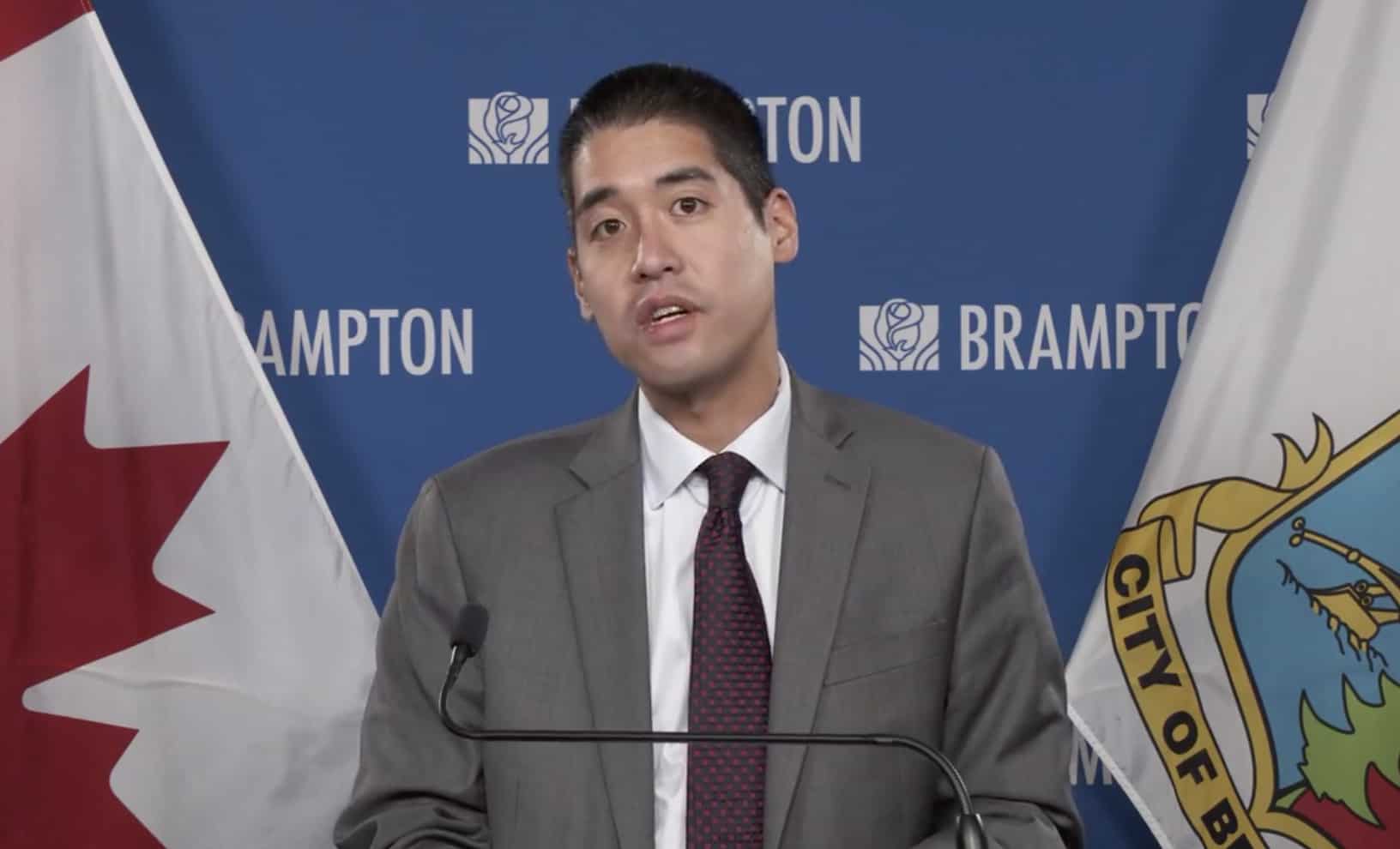Workers in Peel Region have lost jobs due to COVID-19 scrutiny in Mississauga, Brampton and Caledon
Published February 24, 2021 at 8:04 pm

Employers have fired workers to avoid scrutiny by public health officials investigating COVID-19 in Mississauga, Brampton and Caledon.
Dr. Lawrence Loh, Peel Region’s Medical Officer of Health (MOH), made the comment today when discussing the merits of identifying workplaces where outbreaks occur.
Responding to reporters’ questions regarding why Peel Region won’t publically name the workplaces, Dr. Loh said the local plan was designed to avoid the reactionary stigma that some companies believe will happen if outed, with some even going as far as retaliating against workers who have the virus.
He said the Peel plan is to foremost protect workers and that investigations show most workplace outbreaks have not led to public exposures.
Dr. Loh went on to say Peel’s policy has been shown to foster co-operation with employers and allows investigators to get in more quickly to stop the spread and act sooner to save lives, while also protecting the public if a public risk has been identified.
“Naming a workplace after a public outbreak has happened doesn’t necessarily do anything to protect those workers and maybe even impedes it,” said Dr. Loh. “We have actually seen how certain workplaces will refuse to co-operate with us or will actually illegally let go of their (infected) workers just so they are not associated with that workplace.”
He didn’t say if companies who have carried out these drastic measures have been disciplined.
In November, Peel Region ushered in a class order related to the workplace to address the risks presented by the potential spread of COVID-19.
It was brought in to help local health officials deal with businesses that were not co-operating with workplace investigations and were ignoring measures designed to keep employees safe during the pandemic. The class order gives Peel Public Health the legal tool to ensure these measures.
“That is why we brought in our section 22 in November to require workplace co-operation,” said Dr. Loh, “and we have seen much co-operation since without needing to move to public disclosure.”
Still, Dr. Loh said he has recently asked Ontario health officials to provide insight in respect to public disclosure as a public health measure.
INsauga's Editorial Standards and Policies